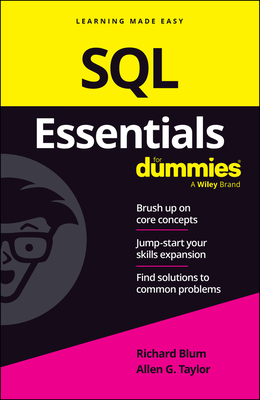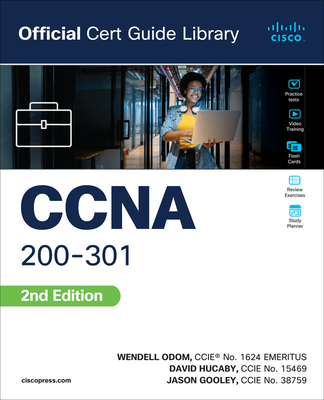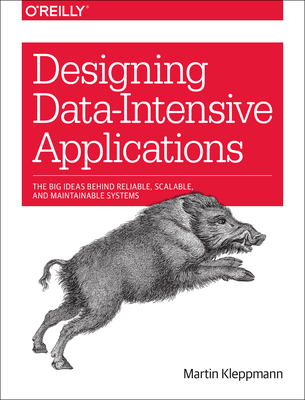Introduction to XML Training in Brooklyn Park
|
We offer private customized training for groups of 3 or more attendees.
|
||
Course Description |
||
| In this three-day course students will learn how to create well-formed XML documents. In addition, they will learn about the most important supplementary technologies that support XML, including DTDs and XML Schema for validation as well as XSLT for transformation.
Course Length: 3 Days
Course Tuition: $1190 (US) |
||
Prerequisites |
|
| HTML. Familiarity with web and data processing concepts. Programming experience is helpful, but not necessary. | |
Course Outline |
|
Getting Started with XML
Writing Well-Formed XML
Namespaces
Validating XML with DTDs
Validating XML with XML Schemas
Using XML Schema with Namespaces
XPath Nodetypes
XPath Axes and Predicates
XSLT Flow Control
XML in Applications
Appendix A - Effective Document Design |
Course Directory [training on all levels]
- .NET Classes
- Agile/Scrum Classes
- AI Classes
- Ajax Classes
- Android and iPhone Programming Classes
- Azure Classes
- Blaze Advisor Classes
- C Programming Classes
- C# Programming Classes
- C++ Programming Classes
- Cisco Classes
- Cloud Classes
- CompTIA Classes
- Crystal Reports Classes
- Data Classes
- Design Patterns Classes
- DevOps Classes
- Foundations of Web Design & Web Authoring Classes
- Git, Jira, Wicket, Gradle, Tableau Classes
- IBM Classes
- Java Programming Classes
- JBoss Administration Classes
- JUnit, TDD, CPTC, Web Penetration Classes
- Linux Unix Classes
- Machine Learning Classes
- Microsoft Classes
- Microsoft Development Classes
- Microsoft SQL Server Classes
- Microsoft Team Foundation Server Classes
- Microsoft Windows Server Classes
- Oracle, MySQL, Cassandra, Hadoop Database Classes
- Perl Programming Classes
- Python Programming Classes
- Ruby Programming Classes
- SAS Classes
- Security Classes
- SharePoint Classes
- SOA Classes
- Tcl, Awk, Bash, Shell Classes
- UML Classes
- VMWare Classes
- Web Development Classes
- Web Services Classes
- Weblogic Administration Classes
- XML Classes






